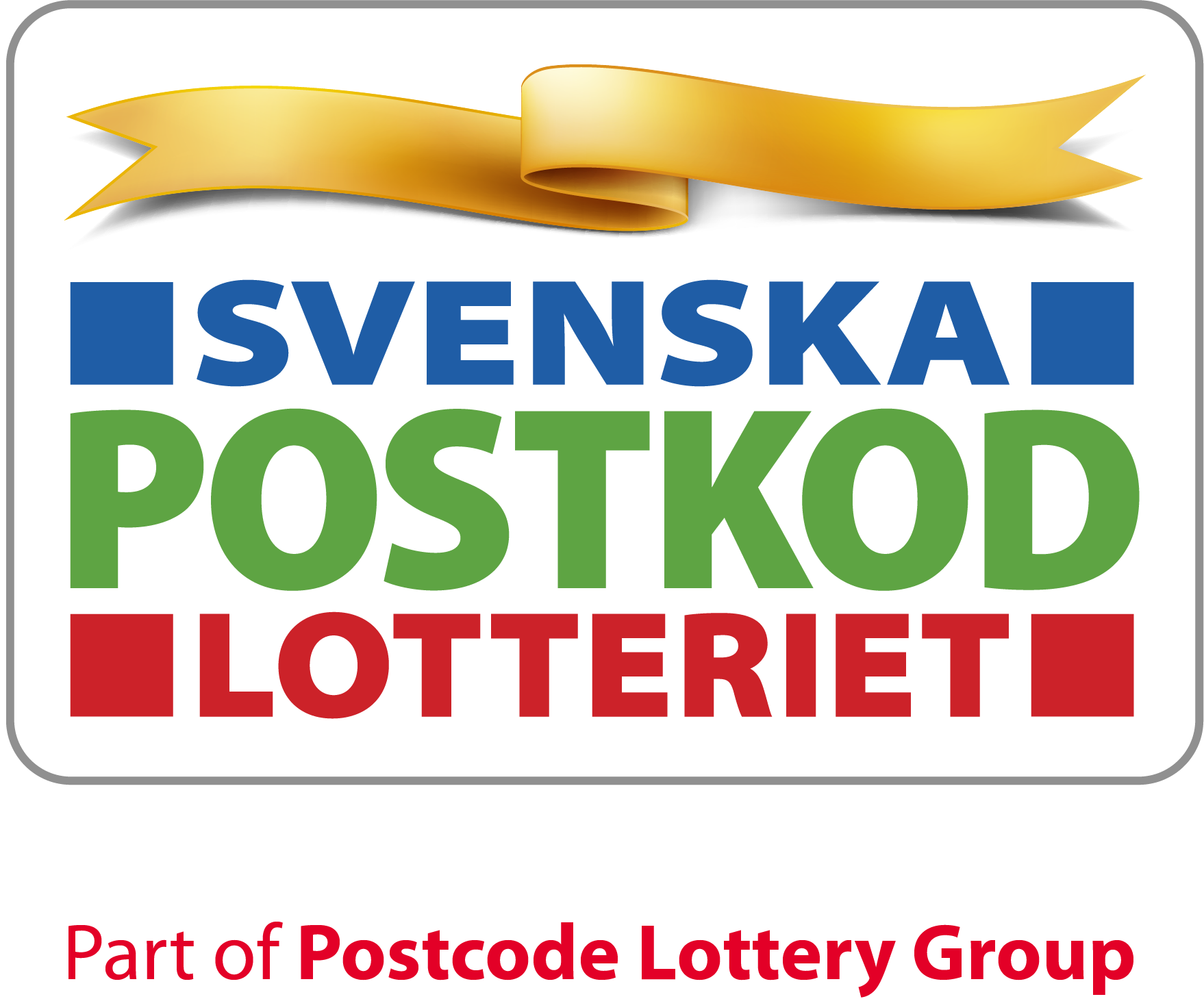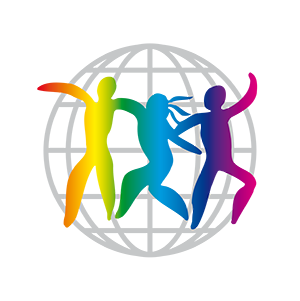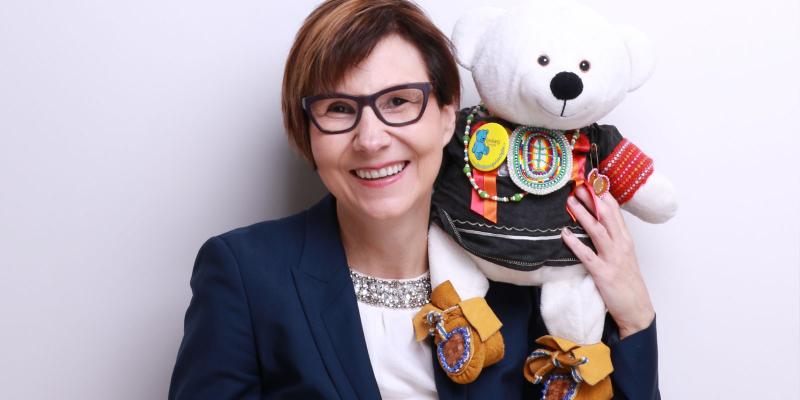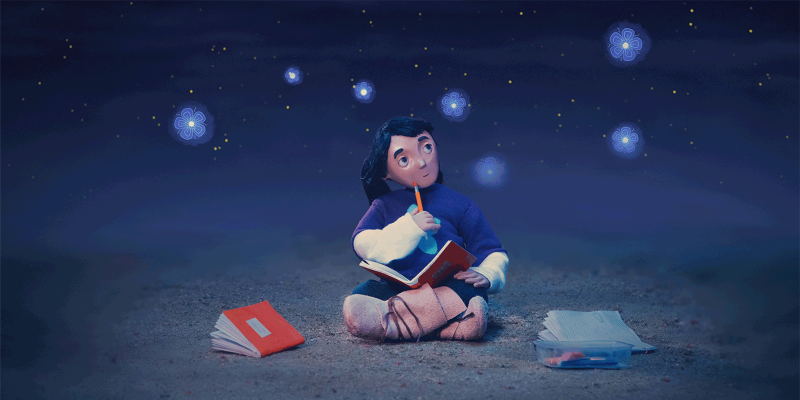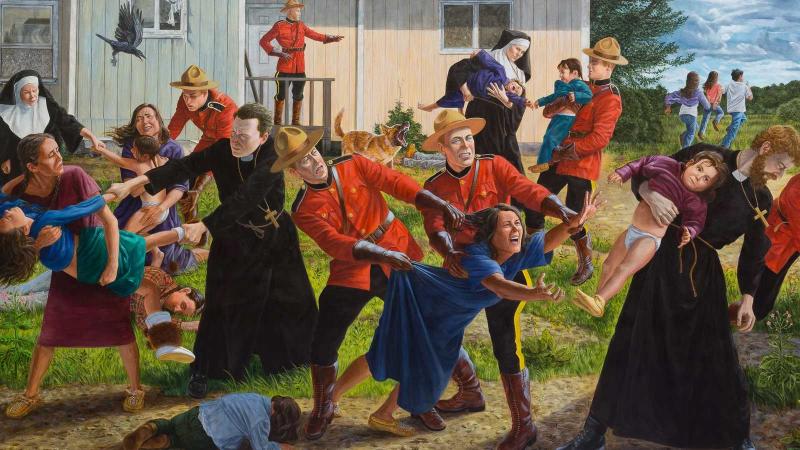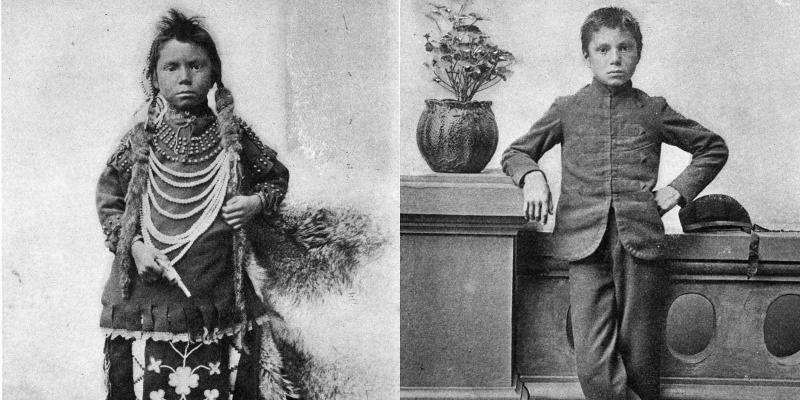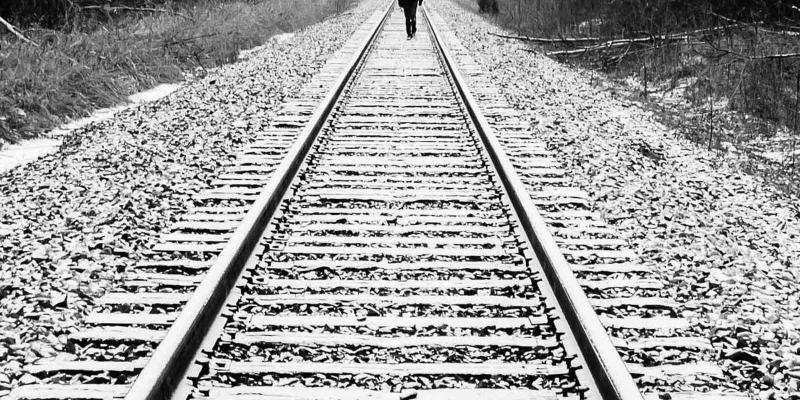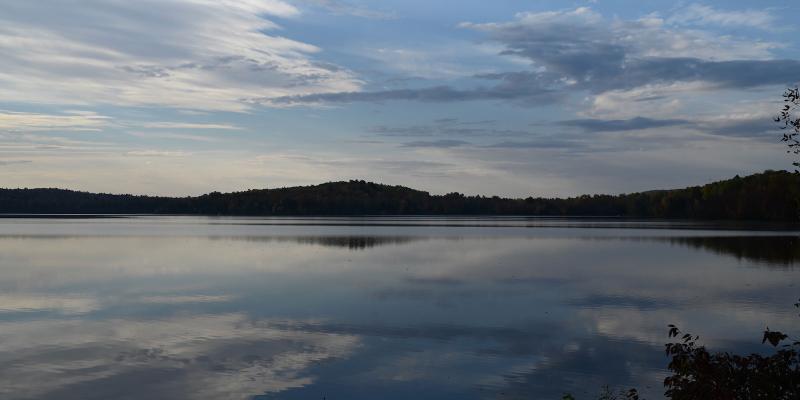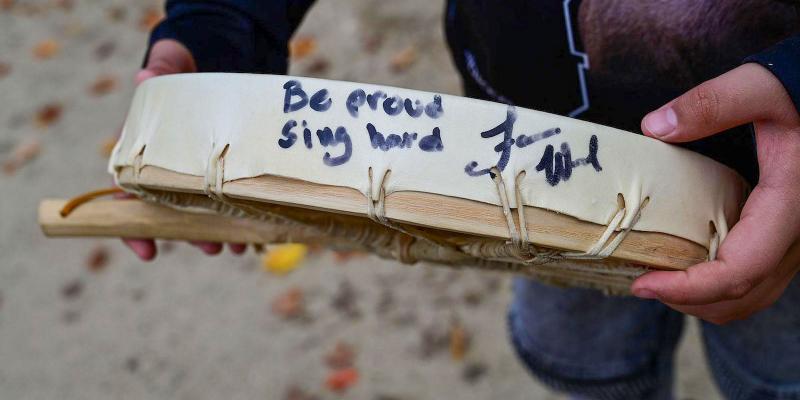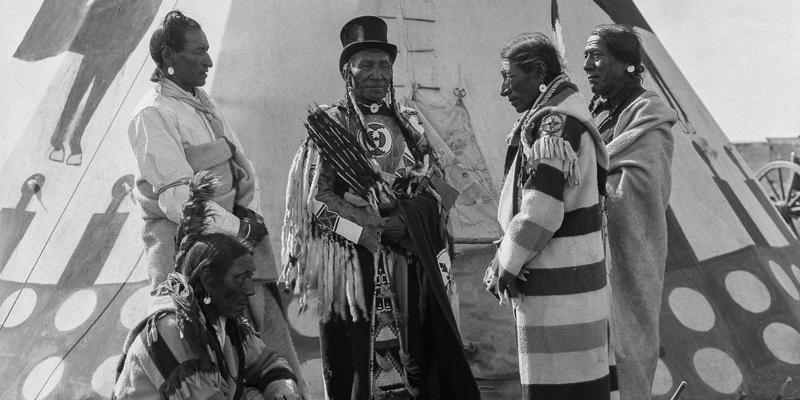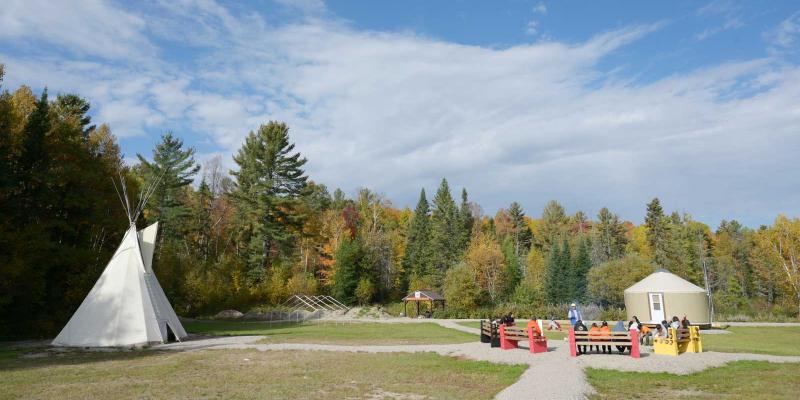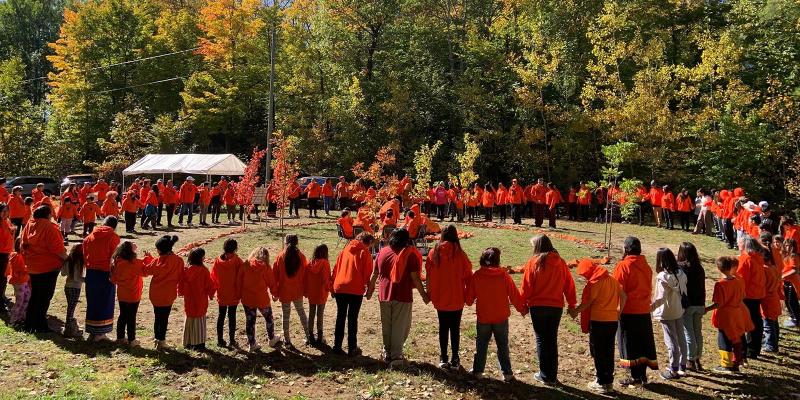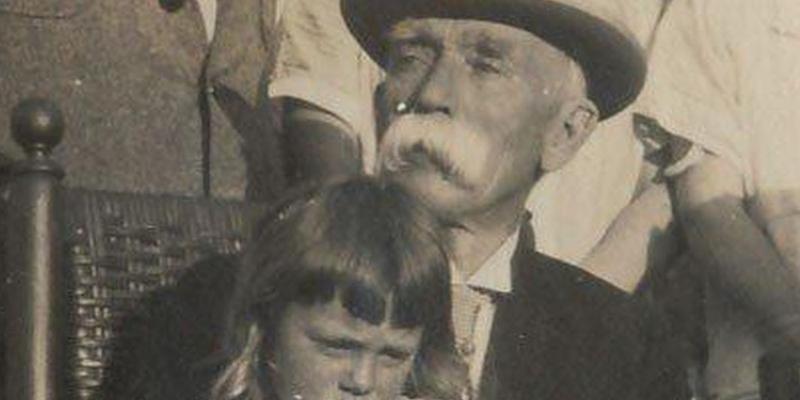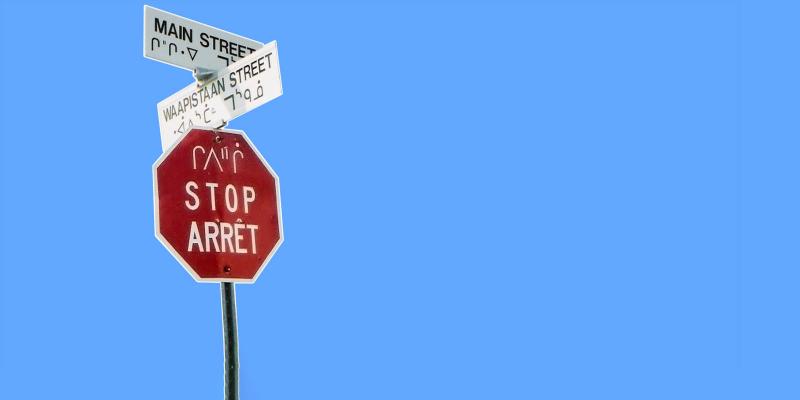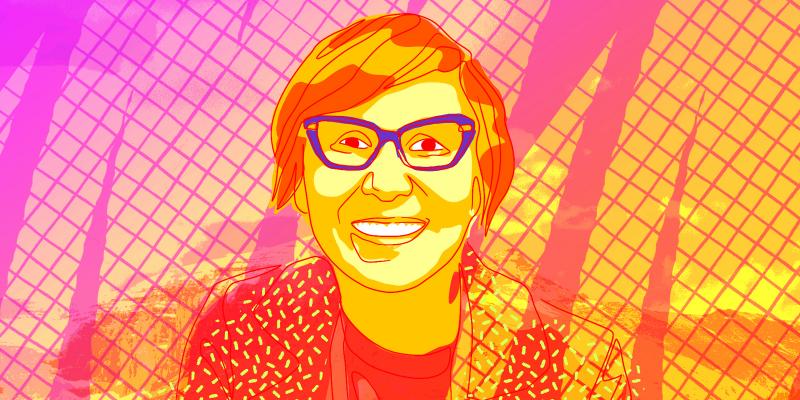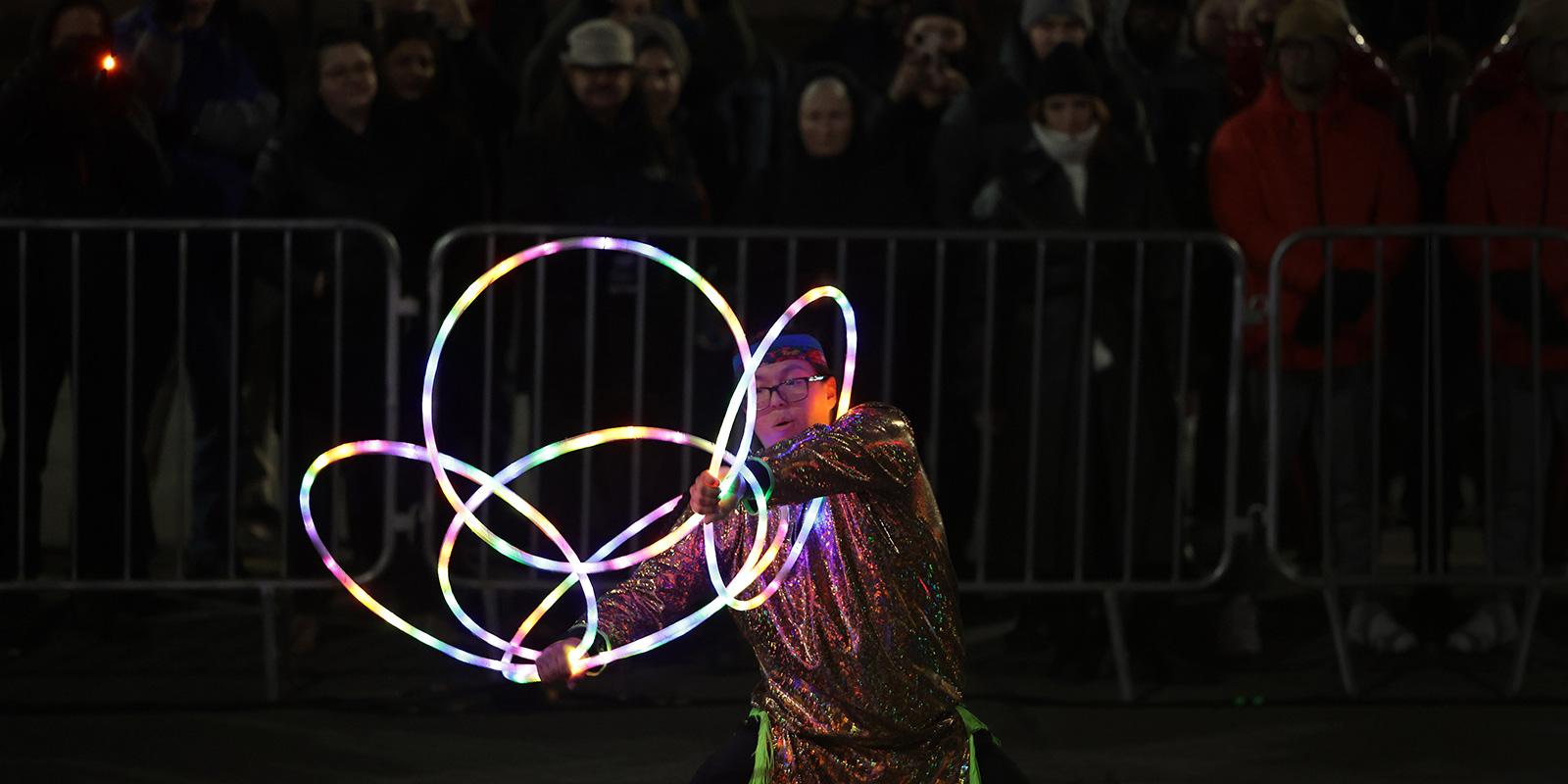
Every year, girls and women from Canada’s Indigenous communities go missing. Some are found dead, others are never found. But things are starting to change, thanks to activists like Theland Kicknosway. He uses everything from dance, to Instagram to bring about justice.
When Theland was little, he often went with his mum to meetings at which people showed pictures of their ‘stolen sisters’ who had gone missing. They would light candles, hold ceremonies and make speeches. When he was nine years old, he asked his mum: “What happens to the children when their mothers disappear?”
His mum replied that they needed help with everything from food, to clothing and comfort. It was also important for more people in Canada to be aware of the injustices, so they could tell politicians to give Indigenous girls and women better protection and support.
Finding out more
Theland also asked his auntie Bridget, who lives in the First Nations reserve Kitigan Zibi. When her own mum Gladys was killed, Bridget started an organization that fights for missing and murdered girls and women. Theland often got to sing at her protest meetings.“Auntie Bridget asked me to sing in memory of the missing and murdered, and to give strength to others,” explains Theland.
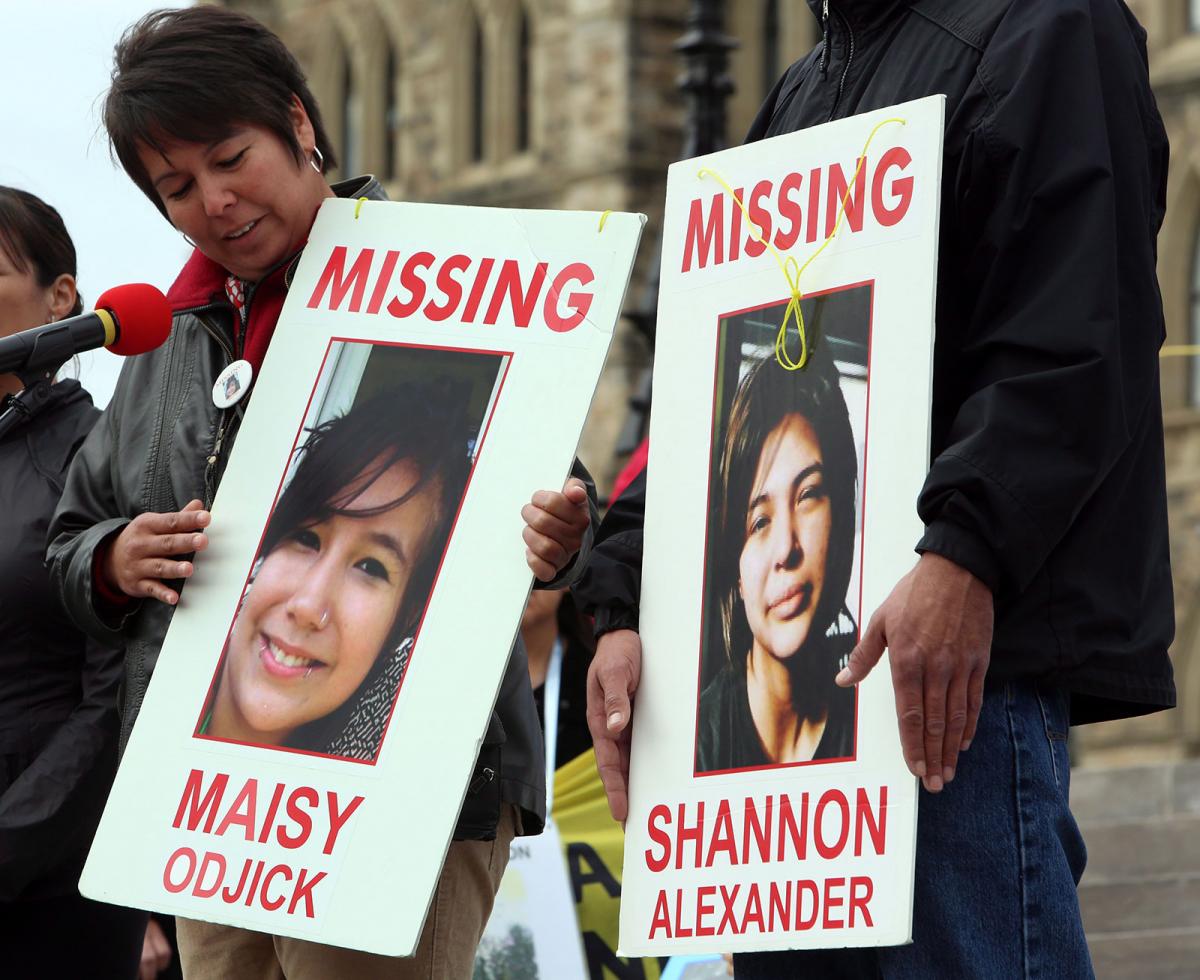
Bridget told him about Maisy and Shannon, two teenage girls who disappeared after a school dance in Kitigan Zibi. The family reported them missing to the police, but it was two weeks before the police even started looking. Maisy and Shannon are still missing.
Gets an idea
Bridget said that it’s important to fight back. “Whatever we go through, and whatever obstacles we meet, we have to keep moving forward, putting one foot in front of the other,” she told Theland. That gave him an idea. He liked running, and you have to put one foot in front of the other for that. “I’m going to run across Canada to raise awareness and money for the children!” said Theland.“Canada is a very big country,” said his mum. “That would take months!" So Theland decided to run from the capital city Ottawa, where he lives, to auntie Bridget in Kitigan Zibi, which is about 130 kilometres. He started training and also finding out more about the missing and murdered. He wanted to share their stories with everyone he met on his way, and tell everyone that thousands had disappeared in the past 30 years, nobody knew the exact number. It was six times more common for Indigenous girls and women to be affected than others in Canada. One major reason was that injustices carried out against Indigenous people had led to both grief and poverty, but also that many saw girls and women from Indigenous communities as having less worth.
And he’s off
Theland was 11 years old when he started his run to Kitigan Zibi.“I put one foot in front of the other, just like auntie Bridget told me.”
Lots of others ran sections of the route with Theland. They told everyone they met about the missing and murdered girls, particularly about Maisy and Shannon. Everyone promised to pass the information on, and some ran with Theland for part of the way. They used a system where you only ran as far as you were able, so everyone would manage the whole route.
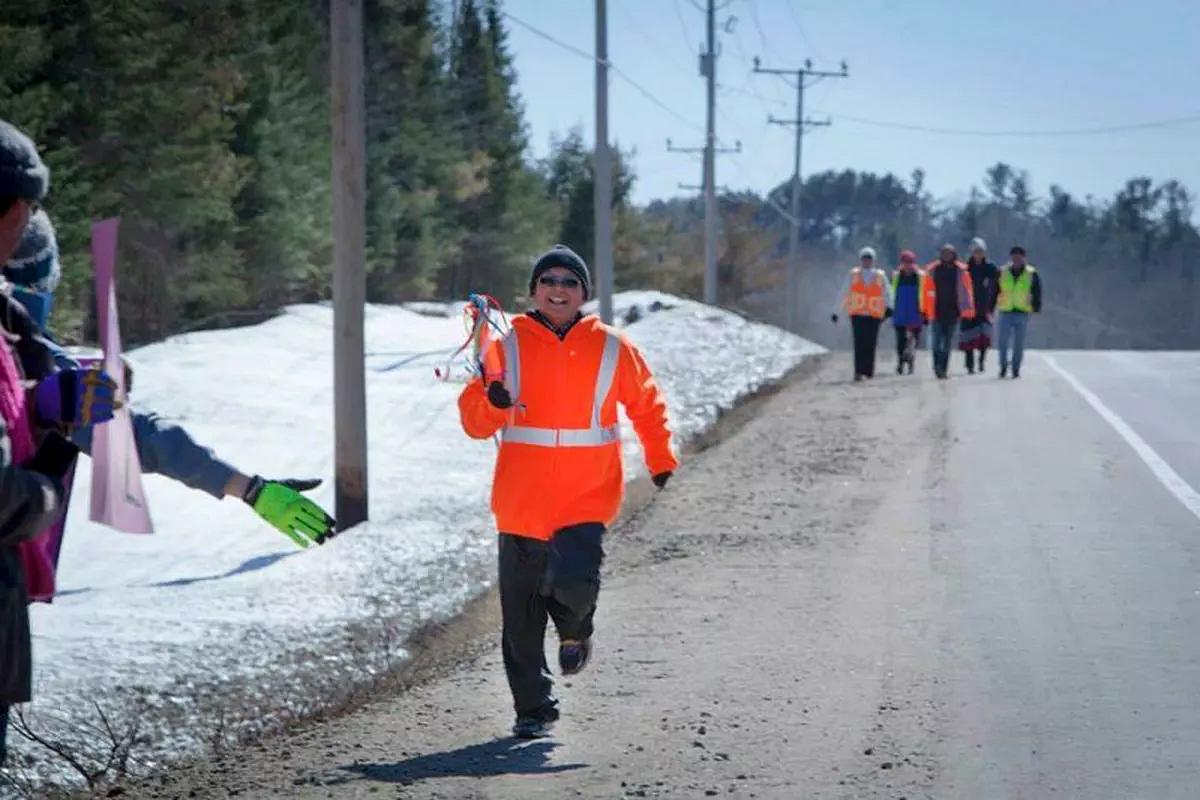
On the third day, Theland had a bad stomach ache. “It was terrible, I wanted to run. But the others told me to rest for a day, we’ll do it for you! The next day I could run again!”
Finally, after six days, Theland arrived in Kitigan Zibi. “I had no idea there would be so many people cheering for us for the final kilometres up to auntie Bridget’s house, and they had a big party. It felt like I’d won an Olympic gold medal! And powerful that so many wanted justice for the victims and their families.”
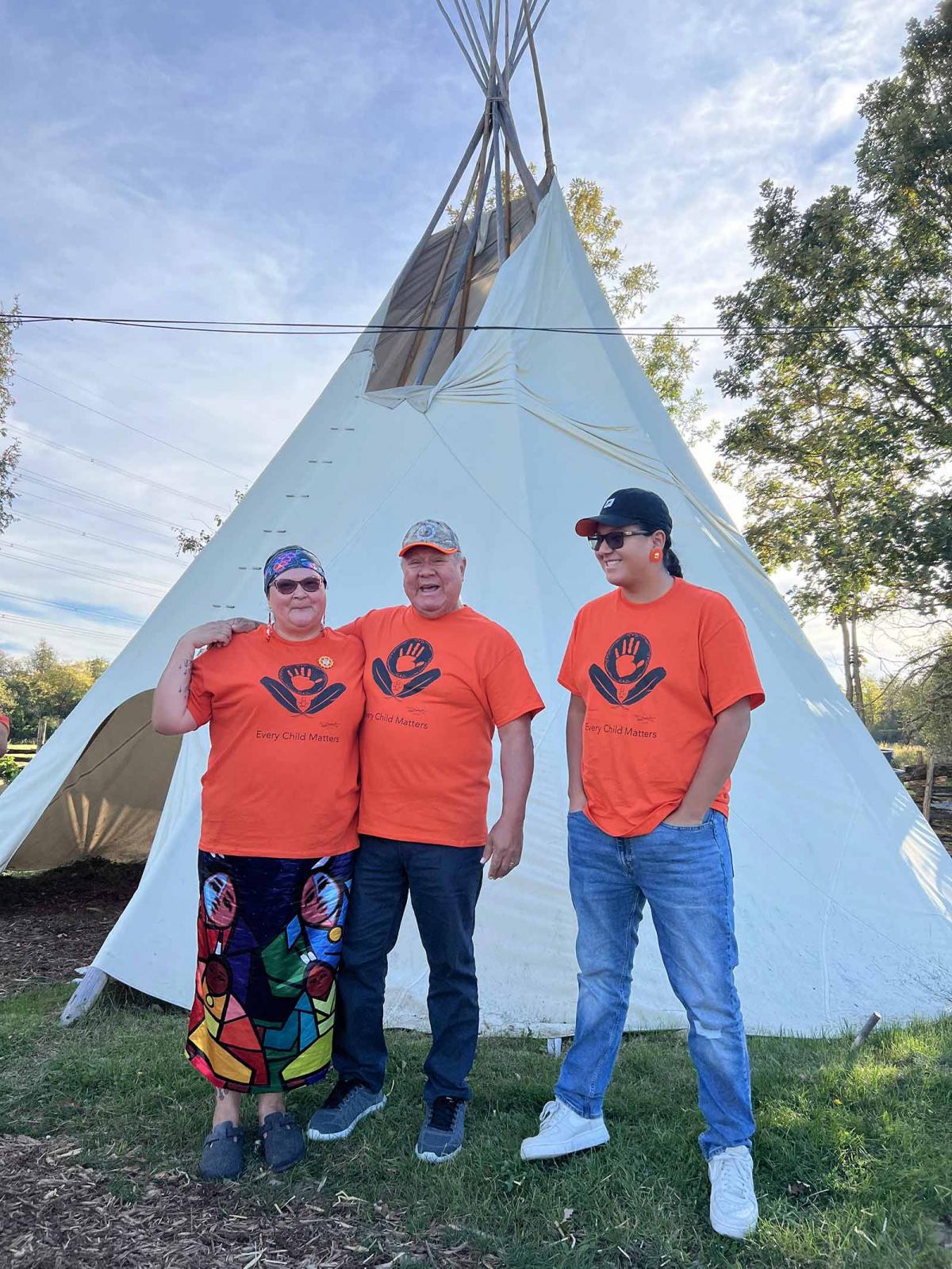
Step by step
Since that first time, Theland has continued to run for missing and murdered girls every year. He highlights injustices, both historical and those happening today, and keeps traditions alive in various ways, like showing his almost 100,000 Instagram followers everything from dance, to how to do plaits. “It’s a way of giving back,” says Theland.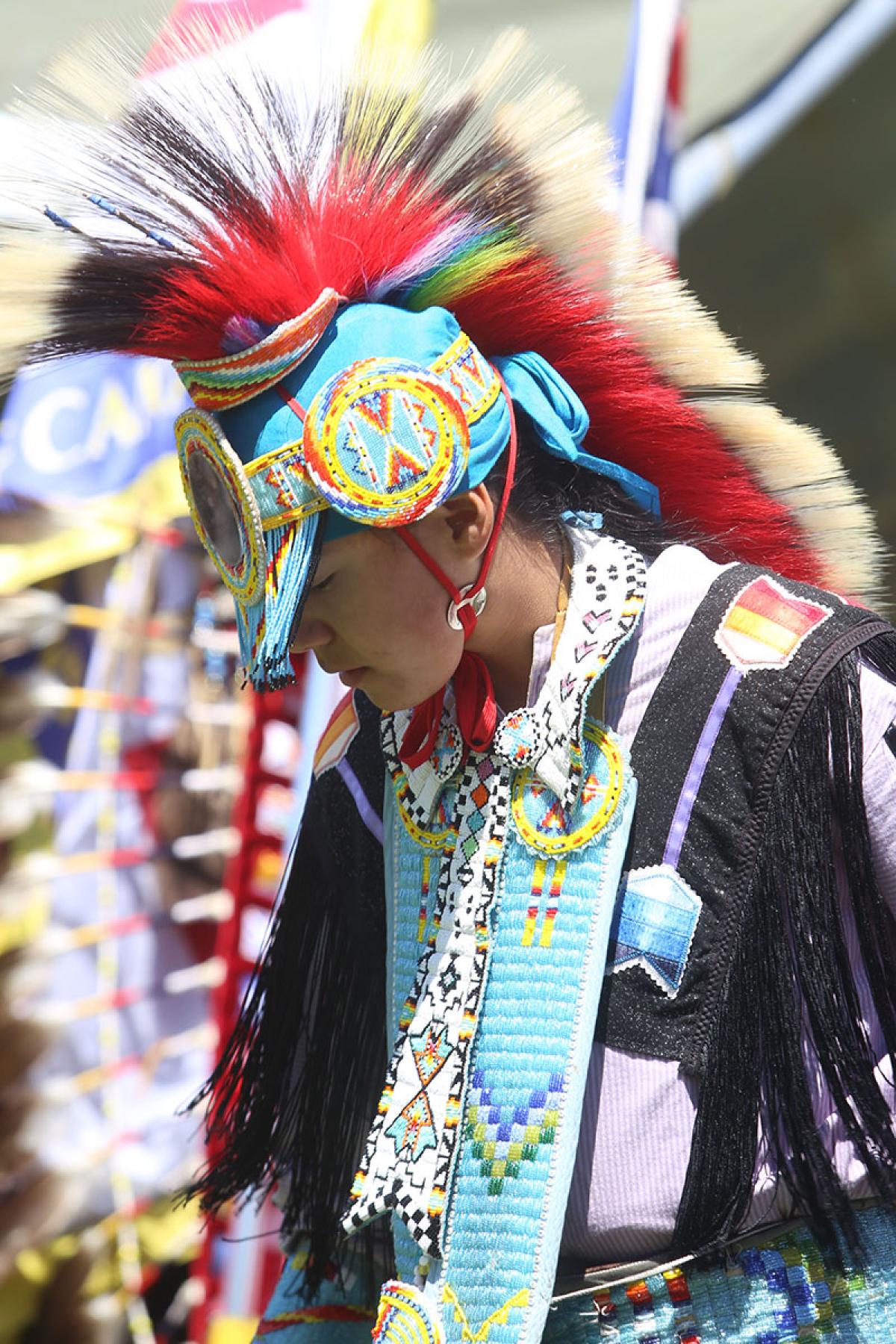
Storytelling through dance
Theland learned the hoop dance from elder dancers, who showed him how to tell stories using large hoops to create shapes representing animals and nature. Dancers used to have hoops made of willow, but Theland has given the dance a modern twist with his luminous hula hoops. “I’m now good enough to teach the dance to younger children. It’s a way for me to give back!”Watch Theland dance and do much more on Insta and tiktok @the_landk

Separated families
Theland has always gone with his mum to protest meetings and talks. Here they are at Canada’s parliament a long time ago! Mum Elaine was taken from her parents and grew up in a family that knew nothing about her culture. “I’m one of the first in my family who got to grow up with my mum and dad in a safe home,” says Theland.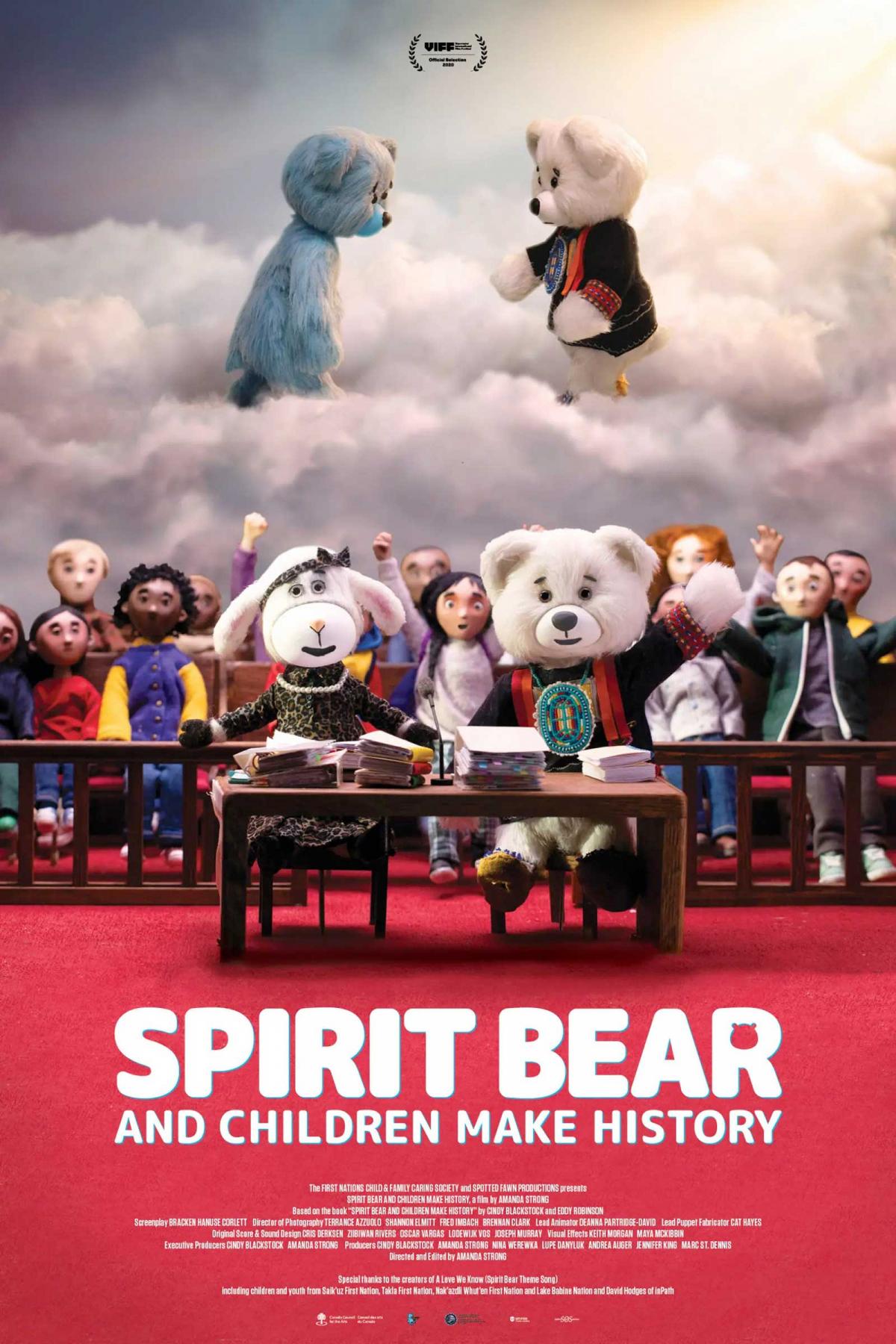
Spirit Bear’s voice
Cindy Blackstock and the Caring Society have made several animated films and books about Spirit Bear. In the films, Theland provides the voice for Spirit Bear. “Cindy is a huge role model for me. She’s a voice for so many, and it sparks a fire in me and other young people. You feel like if she can, so can I!”TEXT: Carmilla Floyd
PHOTO: Carmilla Floyd. Rod MacIvor/ Ottawa Citizen/CanWest News Service. Chris Mikula/The Ottawa Citizen. THE CANADIAN PRESS/Fred Chartrand.
Långgatan 13, 647 30, Mariefred, Sweden
Phone: +46-159-129 00 • info@worldschildrensprize.org
© 2020 World’s Children’s Prize Foundation. All rights reserved. WORLD'S CHILDREN'S PRIZE®, the Foundation's logo, WORLD'S CHILDREN'S PRIZE FOR THE RIGHTS OF THE CHILD®, WORLD'S CHILDREN'S PARLIAMENT®, WORLD'S CHILDREN'S OMBUDSMAN®, WORLD'S CHILDREN'S PRESS CONFERENCE® and YOU ME EQUAL RIGHTS are service marks of the Foundation.
